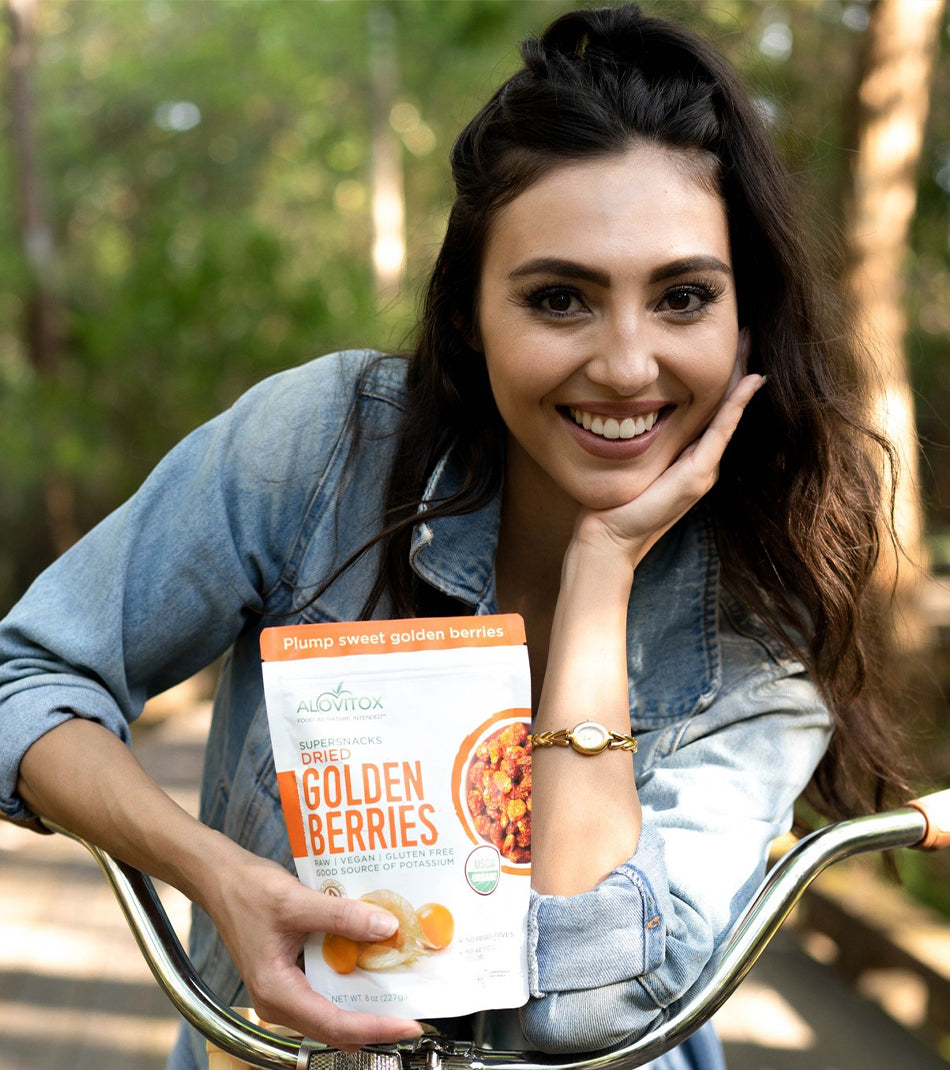Health Benefits of Spirulina | Blog | ALOVITOX® Superfoods
Spirulina is a type of cyanobacteria, sometimes referred to as blue-green algae. Sounds super special, but that does that even mean? Even though spirulina is often referred to as a blue-green algae, more modern science has shown us that it’s actually not quite an algae.
Thriving in both fresh and salt waters, cyanobacteria are actual a phylum of bacteria that get their energy from photosynthesis, just like a plant would. They are the only photosynthetic prokaryotes that are able to produce oxygen. <1>
This makes them pretty bad a**, if you ask us. You can find out more on the science of this crazy organism by checking out our sources below, but before we load your brain with all the scientific details, let’s talk about the INSANE health benefits packed into this little bad gal, spirulina.
NUTRIENT CONTENT:
First things first – the amount of nutrients in spirulina is pretty substantial. Its macronutrient content is impressive – consisting of roughly 48% high quality complete protein, 30% carbohydrates and 22% fats. <2>
A single tablespoon (7 grams) of dried powder contains <3>:
Protein: 4 grams of complete protein containing all the essential amino acids
Vitamin B1 thiamine: about 15% of the recommended daily allowance (RDA)
Vitamin B2 riboflavin: about 23% of the RDA
Vitamin B3 niacin: about 6% of the RDA
Copper: about 21% of the RDA
Iron: about 11% of the RDA
Omegas: around 1 gram of fat per 7 gram serving – with an omega-6 to omega-3 ratio of about 1.5 to 1. This is a killer ratio!
It also contains magnesium, manganese and potassium, as well as little tidbits of every other nutrient you need. In fact, spirulina may be the single most nutrient-dense food on planet earth…so yeah, it’s kind of a big deal.
ANTIOXIDANT CONTENT:
Spirulina is an incredible source of antioxidants, protecting your body’s DNA and cells from oxidative damage. The active component in spirulina is an antioxidant called phycocyanin. Phycocyanin is not only what makes spirulina its intoxicating blue-green color, it’s also what provides it with some impressive free radical-fighting and anti-inflammatory properties. <4,5,6>
HEALTHY CHOLESTEROL:
Studies show that spirulina intake can not only lower LDL cholesterol while simultaneously raising HDL cholesterol, it can also protect from oxidation of that LDL cholesterol. That may not sound that interesting, but oxidation of fatty structures in your body is at the root of many diseases.
POSSIBLE ANTI-CANCER PROPERTIES?
Research shows that spirulina can reduce cancer rates and tumor size in animals. But it doesn’t stop at animal studies – one study looked at people with precancerous oral lesions and gave them spirulina for one year. In that one year, almost 50% of all participants saw their lesions disappear completely, compared to only 7% in the control group. In fact, after participants stopped taking spirulina, nearly half of them saw their oral lesions come back. <7,8,9>
MAY IMPROVE STRENGTH AND ENDURANCE:
When you’re working out or lifting heavy weights, exercise-induced oxidative damage is one of the main reasons for muscle fatigue. Body builders and athletes around the world have used spirulina for its antioxidant properties to minimize muscle fatigue and improve muscle strength and endurance. This is backed up by science, too. Studies reveal that spirulina significantly increased the amount of time it took for participants to become fatigued. <10,11>
CONCLUSION:
At the end of the day, we still need more research and human trials in order to be 100% concrete about spirulina’s health benefits. But with the evidence we DO have, spirulina seems to be a superfood worth trying.










